Best Timing for Concrete Patio Replacement
Choosing the optimal time for concrete patio replacements depends on weather conditions, temperature, and project duration. Proper timing ensures the new concrete sets correctly, reducing the risk of cracks and surface imperfections.
Spring offers moderate temperatures and lower humidity, ideal for concrete curing. It allows sufficient time for curing before summer heat or winter cold.
Early summer can be suitable if temperatures are consistent and not excessively high, preventing rapid drying and cracking.
Fall provides cooler temperatures and lower humidity, which are beneficial for concrete setting. It also allows for completion before winter.
Winter is generally unsuitable due to freezing temperatures and potential for frost, which can compromise concrete integrity.
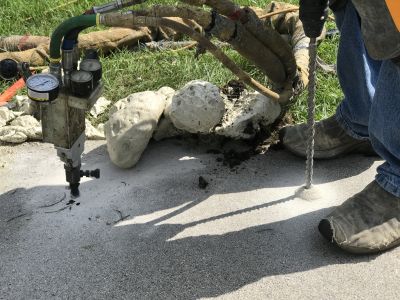
Preparing for a spring replacement involves scheduling during optimal weather conditions for curing.

Summer requires careful planning to avoid extreme heat that can cause rapid drying.
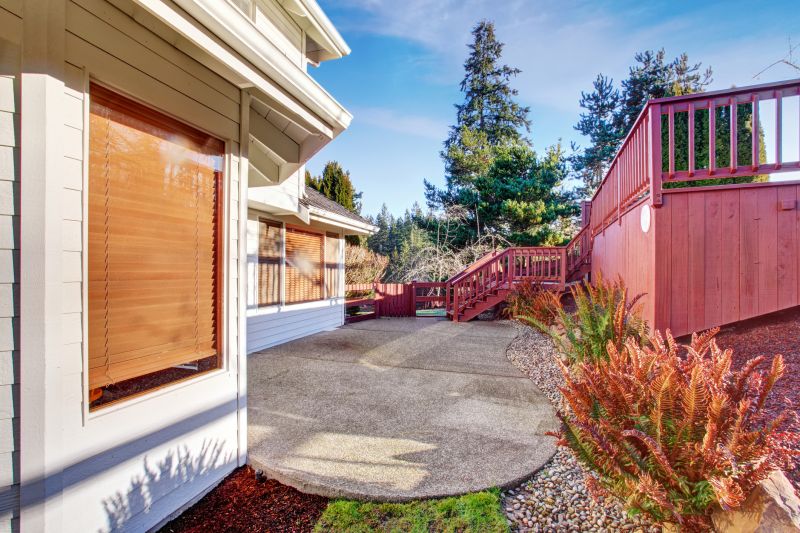
Fall offers favorable conditions for concrete installation with cooler temperatures and lower humidity.
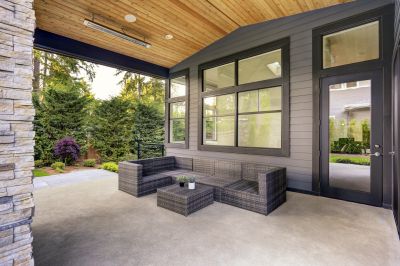
Ways to make Concrete Patio Replacements work in tight or awkward layouts.
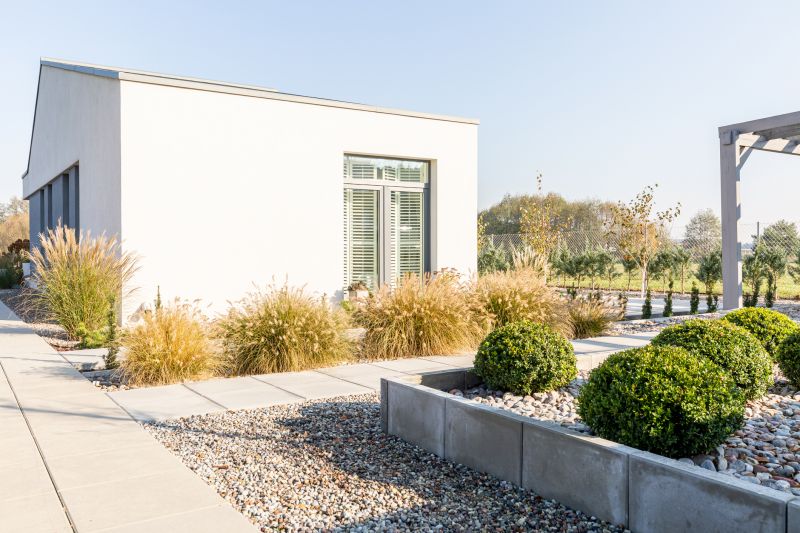
Popular materials for Concrete Patio Replacements and why they hold up over time.
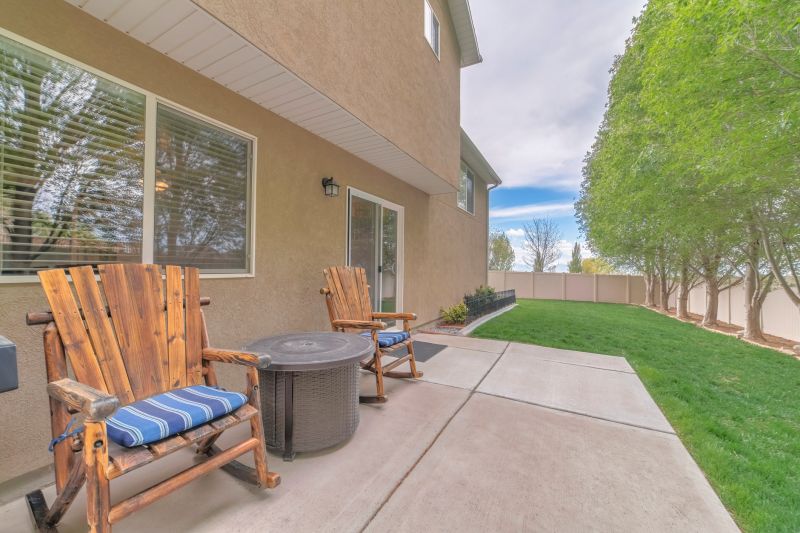
Simple add-ons that improve Concrete Patio Replacements without blowing the budget.
| Season | Ideal Conditions |
|---|---|
| Spring | Moderate temperatures, lower humidity, ideal for curing. |
| Summer | Early summer with consistent temperatures, avoid peak heat. |
| Fall | Cooler temperatures, low humidity, suitable for installation. |
| Winter | Not recommended due to freezing temperatures and frost risk. |
Concrete patio replacements involve removing existing surfaces and installing new concrete slabs designed for durability and aesthetic appeal. Proper timing can influence the longevity and appearance of the new patio. Seasonal considerations, such as avoiding freezing temperatures and extreme heat, are crucial for ensuring a successful project. The process typically includes site preparation, form setting, mixing, pouring, and curing, with optimal weather conditions supporting each step.
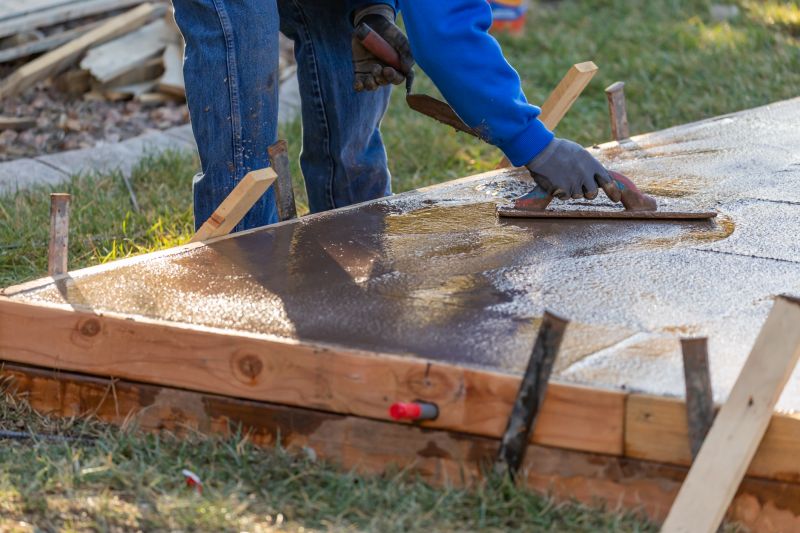
Spring provides ideal conditions for pouring concrete with moderate weather and lower risk of rapid drying.

Summer requires attention to temperature to prevent cracking and ensure proper curing.
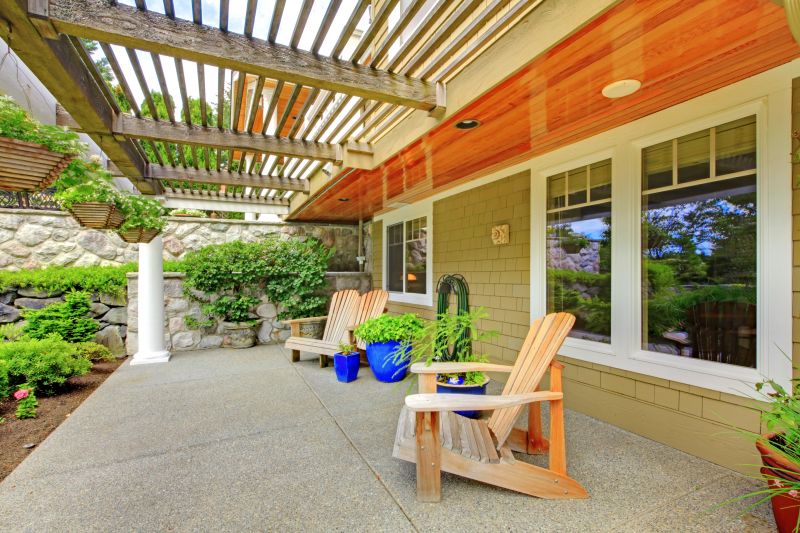
Fall offers cooler weather that supports proper setting and reduces the risk of damage from frost.
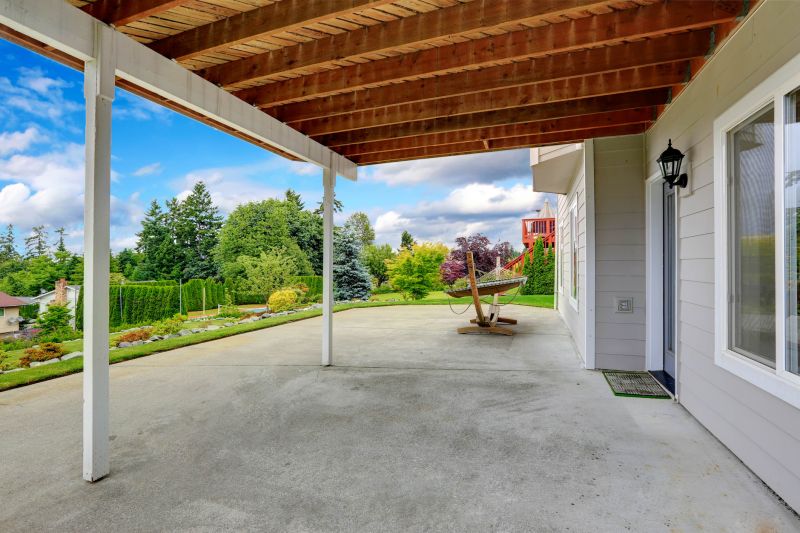
Weather conditions significantly influence the quality and durability of concrete patios.
Interested in replacing a concrete patio? Filling out the contact form can provide more information on scheduling and project planning tailored to specific seasonal conditions.



